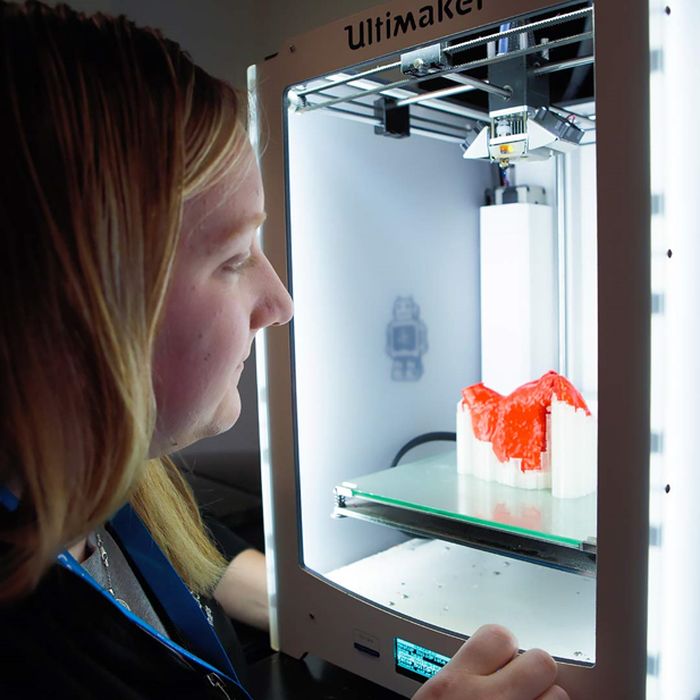
Charles R. Goulding and Preeti Sulibhavi
In April 2023, Kaiser Permanente announced that it would be acquiring Geisinger Health, a 10-hospital system in Pennsylvania, in a strategy to acquire the first of several nonprofit, community-based health systems. This new system would give rise to the entity, Risant Health, which would operate separately and distinctly from Kaiser Permanente’s core integrated care and coverage model. Kaiser said it intends to bolster Risant beyond Geisinger by acquiring additional “like-minded, nonprofit, value-oriented community-based health systems.”
Sachin Jain, president, and CEO of the SCAN Group & Health Plan, thinks “there’s an incredible opportunity here for both Geisinger and Kaiser to demonstrate the art of the possible.” Jain lauded the merger to Chief Healthcare Executive magazine in a recent interview.
Kaiser Permanente is a healthcare industry giant with sales of US$95.4B and 223,735 employees. Based in Oakland, California, the company was founded in 1954 by industrialist Henry J. Kaiser and physician, Sidney Garfield.
We have previously covered Kaiser Permanente’s drone project in conjunction with UPS to deliver pharmaceuticals and records to Kaiser Permanente hospital campuses across the Nation.
We see Kaiser’s use of 3D printing as a beginning for its partnership with 3D printing. Not only can 3D printing be a part of drone drug delivery strategies, but there is a multitude of other ways Kaiser Permanente can utilize the technology to advance its goals and improve healthcare outcomes for millions.
In January we uncovered the benefits of 3D printing in the MedTech industry on Fabbaloo, by covering the top five orthopedic MedTech companies by sales. Those companies were: Stryker, Johnson & Johnson, Zimmer Biomet, Medtronic and Smith & Nephew.

Geisinger went on social media to highlight its use of 3D printing to make close to 1,000 face shields during the time the Covid pandemic first hit in 2020. The 3D printing lab team at Geisinger pivoted from printing models of organs to creating PPE and improving Point-of-Care (POC) frameworks.
But 3D printing impacts corporate actions and decisions as well. CVS recently had a major business conversion and we proposed how 3D printing could be a part of their strategy. CVS is shifting to be more of a healthcare provider as opposed to a prescription provider.
We also covered how re-shoring big pharma could be facilitated by 3D printing in the form of prescription medications as well as pharmaceutical packaging.

Human digital twinning is another field that can be explored by the 3D printing industry in unique ways. Digital clinical trials that use AI can take advantage of 3D printing options for disease treatment, prevention, and cures.
The Research & Development Tax Credit
The now permanent Research and Development (R&D) Tax Credit is available for companies developing new or improved products, processes and/or software.
3D printing can help boost a company’s R&D Tax Credits. Wages for technical employees creating, testing and revising 3D printed prototypes can be included as a percentage of eligible time spent for the R&D Tax Credit. Similarly, when used as a method of improving a process, time spent integrating 3D printing hardware and software counts as an eligible activity. Lastly, when used for modeling and preproduction, the costs of filaments consumed during the development process may also be recovered.
Whether it is used for creating and testing prototypes or for final production, 3D printing is a great indicator that R&D Credit eligible activities are taking place. Companies implementing this technology at any point should consider taking advantage of R&D Tax Credits.
Conclusion
There is no shortage of ways in which 3D printing can help the healthcare industry improve quality of care and expand treatment to those individuals hardest to reach. Kaiser’s acquisition of Geisinger, can take the hospital system’s 3D projects to new levels and potentially bring it to scale for the MedTech industry.
